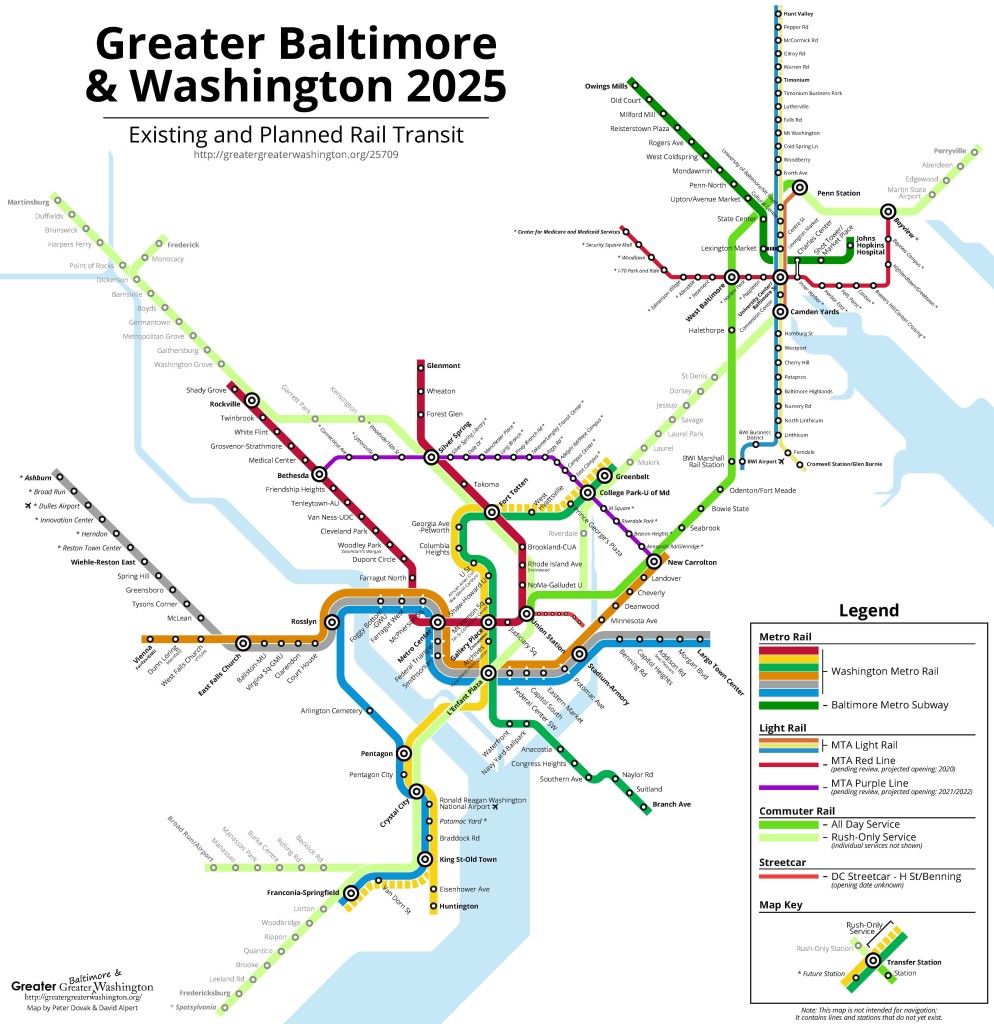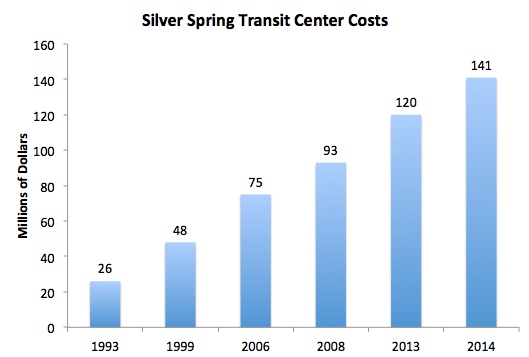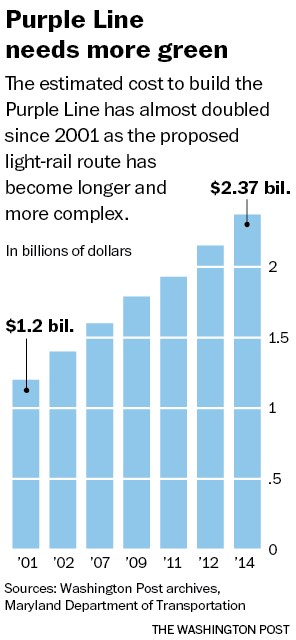Greater Greater Washington’s Fading Dream
Greater Greater Washington (GGW) is one of the Washington metropolitan area’s best and most influential blogs. Geared towards promoting smart growth, it provides a wealth of information. Even people who disagree with their perspective will still find lots of interesting nuggets of information.
But where it leads, Washington isn’t following.
Central to the GGW agenda is the construction of a number of high profile new public transportation projects. Since the high point of the opening of Metro’s Silver Line, however, things appear to have gone off the rails. The area has begun to reject key components of GGW’s vision. Consider:
(1) Arlington has cancelled its two proposed $550 million streetcar projects after an election in which they were front and center. This liberal bastion voted twice for independent John Vilstadt–the first non-Democratic member of the county’s board in 15 years–as a means of saying no to the projects. After the election, the board voted 4-1 to scrap the projects.
(2) Former Washington Mayor Vincent Gray envisioned a 37-mile streetcar network. In May, however, the City Council voted to shift one-half of the monies budgeted for the streetcar to tax cuts. In October, the Council then “radically scaled back” the planned 20-mile streetcar network to just eight miles.
Many wonder whether even the repeatedly delayed inaugural 2.2 mile streetcar line, described as an unworkable “trainwreck,” will ever open. One of the very first decisions of Mayor Muriel Bowser was to delay its opening and review its operational plans. Read: the Mayor wanted to avoid a fiasco in her first month as mayor.
(3) In Maryland, the light rail Purple Line in the Washington suburbs and the Red Line in Baltimore are all but dead. In November, the State rejected light-rail proponent Anthony Brown and voted in Gov. Larry Hogan, who would prefer to build roads and is highly suspicious of the costly $2.4 billion Purple Line and $2.9 billion Red Line.
Supporters hold out hope the Governor will build them and Maryland’s new Transportation Secretary says he has an open mind. But it makes zero political sense–Brown’s former supporters will never vote for Hogan and he’ll tick off his own base while reducing his ability to spend money on his own priorities.
In any case, most Prince George’s legislators are far more focused on a hospital and ready to see the Purple Line go. Upcounty Montgomery legislators and the County Executive are increasingly focused on protecting the cheaper and less controversial Corridor Cities Transitway.
Expect the bodies to be carted away once the General Assembly leaves Annapolis and the Governor can avoid a confrontation with legislators as they grapple with the budget.
(4) A core belief of GGW smart growthers is that parking lots are bad, as we should walk, bike, or use public transit. Yet the avowedly pro-smart growth Montgomery County Council is building tons of new parking–particularly in transit-oriented high density developments–in tacit acknowledgement of the reality that they expect most people are still going to drive.
In downtown Bethesda, a spanking new lot with over 750 new public spaces (with additional spaces slated for the apartments being constructed above) just opened. The new high density transit accessible North Bethesda Market (aka as where the Whole Foods across from White Flint is) has plenty of parking. GGW’s Ben Ross has decried a new planned 300-space lot in Wheaton.
. . .
Project after project promoted by GGW has gone by the wayside in some among the most liberal jurisdictions in the country, so it’s difficult to blame the shift on the Tea Party. Moreover, most of these projects have had frequent and unremitting support from the establishment Washington Post.
In Part II of this series, I’ll examine why the GGW “smart growth” agenda has run aground.




